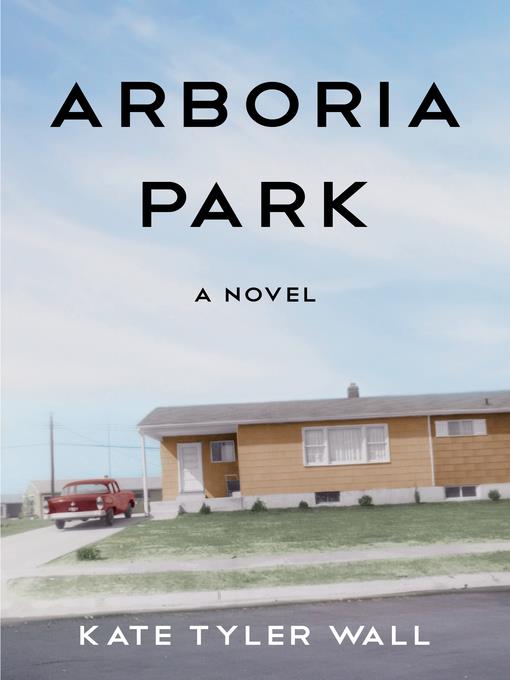
Arboria Park
A Novel
- اطلاعات
- نقد و بررسی
- دیدگاه کاربران
نقد و بررسی

A debut novel traces the rise and fall of an early postwar suburban subdivision, as told through three generations of a family that called the sprawling development home. The fictional Arboria Park, carved out of farmland and apple orchards, was built in 1951 to accommodate the burgeoning population as American troops returned from war and began producing the baby boomer generation. The book opens in 1960, by which time the suburban complex has grown to about 500 houses, including modest private homes and smaller town house-style units often rented to members of the military stationed at a nearby Air Force base. Stacy Halloran, 5 years old in 1960, is the youngest of four siblings and the primary narrator of a story that spans more than 50 years. A fascination with houses leads to her early and continued study of the neighborhood. "I love houses," she tells her father. "They're interesting. I want to draw every house here." Wall uses Stacy to relate the history of suburban development. Ultimately, she begins a movement to protest the intended demolition of Arboria Park in the early 2000s. Each of the Halloran siblings faces individual crises and rebellions--Mary deals with an unhappy, short-lived shotgun marriage; Tommy leaves home to become an actor; Matt, who is gay, seeks acceptance in his community; and Stacy struggles to find love and her own purpose in life. The Halloran family--and Aboria Park itself--effectively serves as a composite of a changing America as it moves through the second half of the 20th century, roiled by the Vietnam War, counterculture music, casual sex, increased drug use, and a grudging acceptance of racial intermarriage. Contemporary songs form a backdrop to the engrossing narrative, exemplified by the "punk house," where young, local players congregate and perform. But Wall's ambitious tale with multiple characters sometimes lacks dramatic tension. And about a third of the way through the novel, in 1979, the author turns the first-person narration temporarily over to Autumn, Mary's daughter. By 1980, Stacy, an appealing heroine, is back at the helm. The switch is a bit discordant, but it ultimately gives readers a personal view of a new generation of angst. An engaging and articulate family saga with a likable protagonist. COPYRIGHT(1) Kirkus Reviews, ALL RIGHTS RESERVED.




دیدگاه کاربران